14 Openings Every Chess Player Must Know
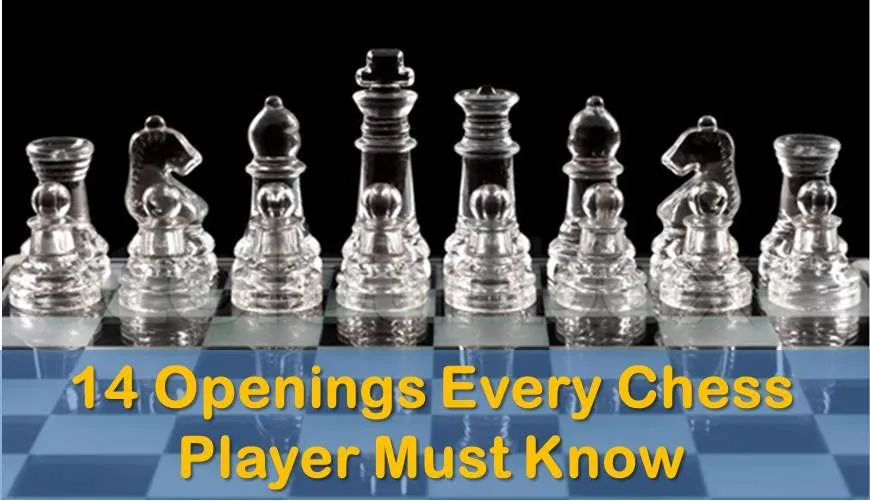
In today’s article, we will take a look at the 14 most important chess openings that chess players of all levels must know how to play. Many of the examples discussed here were used by the strongest players in the past. Also, they are still used to win world championship matches and 22nd category tournaments. That doesn’t mean however that you have to be Kasparov to play the Queen’s Gambit, or Kramnik to play the Catalan. By following through with the examples you will be able to play these openings well, regardless of your current level.
1. Openings Every Chess Player Must Know: King’s Indian Defense
The King’s Indian Defense remains one of the main weapons to play for a win against white’s 1.d4. This ever-popular defense has had its ups and downs throughout the history of modern practice. It started getting very popular during the ’50s, with the help of players like Bronstein, Geller, and Gligoric.
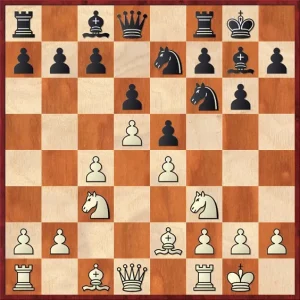
2. Queen’s Gambit
Before starting the actual presentation, we will first address a basic question to the understanding of this article: “What is the ‘Carlsbad pawn structure’?” This notion refers to the pawn structure arising in the Exchange Variation of the Queen’s Gambit, which made its debut in Carlsbad, in 1923.
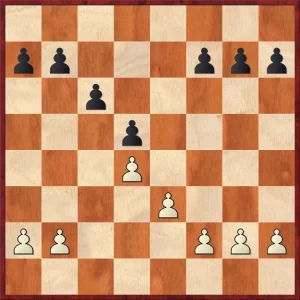
3. Openings Every Chess Player Must Know: Benko Gambit
The Benko Gambit (also called the Volga gambit) is one of the most popular choices against 1.d4 in modern practice. It gives the second player the opportunity of setting up a strategic battle. All that mixed with tactical elements turns out to be successful very often. Although this opening never became a main weapon at the highest level, top players like Veselin Topalov, Alexei Shirov, Michael Adams, and Evgeny Bareev employed it quite often, producing very exciting and double-edged games.
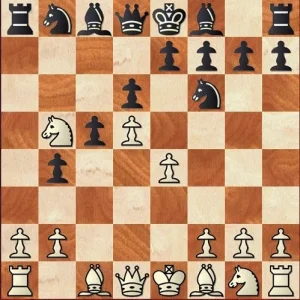
4. Caro Kann Defense
The Caro Kann Defense is well known for being a solid defense against white’s 1.e4. For many years, it had a reputation of being a passive opening. It was also thought that it is suitable for a player who is happily playing for a draw. Nothing more distant from the truth!
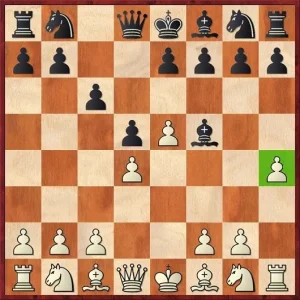
Note:
In order to improve your play not only do you need to study the openings. You also need to concentrate on positional understanding and endgame play. If you want to learn how to play common endgames well, I suggest you check out our premium training course where we spend a lot of time drilling the most often occurring chess endings so that you will not have to guess the winning approach, but simply would know how to win these positions.
5. Openings Every Chess Player Must Know: English
The English is one of white’s most solid start choices. It usually leads to closed positions with very few exchanges on the board. The battle is tense from the very beginning and there aren’t many forced lines for any side. In his prime, Garry Kasparov used the English quite often, achieving remarkable wins and doing a great contribution to the theory of this opening.
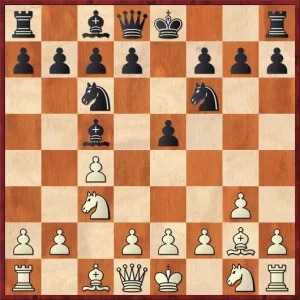
6. Spanish
The Berlin variation of the Spanish has become part of the main opening weapons for black in today’s chess. The Berlin had a reputation of being a drawish/boring option for black. However, everything changed when Grandmaster Vladimir Kramnik used it successfully against Garry Kasparov. All of that happened in the match for the World Chess Championship.
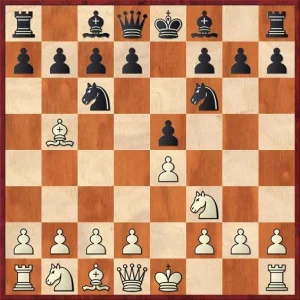
7. Openings Every Chess Player Must Know: Ruy Lopez
The popularity of 1…e5 (Ruy Lopez) has increased greatly in recent years. For a long time, this response against white’s move 1.e4 was considered a less ambitious option for black than, for example, The Sicilian Defense. However, times have changed, and so has the way we perceive 1…e5 nowadays.
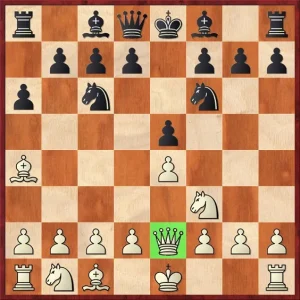
8. Sicilian Dragon
The Dragon variation is one of the most complex lines of the Sicilian Defense. Generally, those who play the Sicilian Dragon are well-prepared players looking to lure their opponents into sharp positions full of tactical traps.
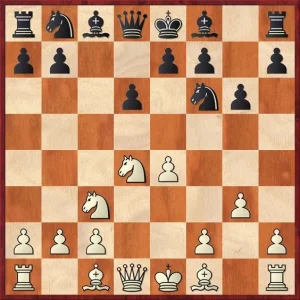
9. Openings Every Chess Player Must Know: Najdorf Sicilian
The opening will be looked at from the white’s perspective, featuring the most common and successful plans in defeating the Najdorf Sicilian without playing sharp variations and risking losing the game.
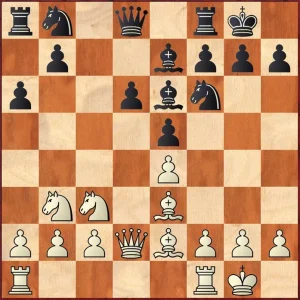
10. Grand Prix Sicilian
The Grand Prix variation against the Sicilian is among the lines that most people study once and move on. A short knowledge of the theory and a few clear ideas is enough to play against it. However, when meeting a specialist of the line, that may not be enough.
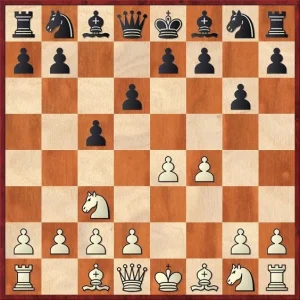
11. Openings Every Chess Player Must Know: Scandinavian
For every 1.e4 player, the Scandinavian has always been an awkward defense to meet. It is not because it is especially dangerous for white. But, the mainlines in which white is meant to obtain a theoretical advantage are quite complicated and difficult to remember.
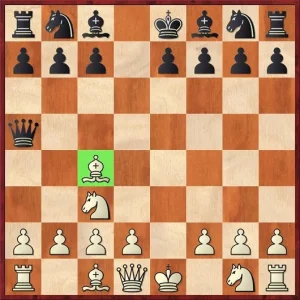
12. Closed Sicilian
When writing about the Closed Sicilian variation, it is impossible not to mention the ex-World Champions Vassily Smyslov and Boris Spassky. Each one had its own style and they contributed enormously to enriching the theory of this great opening.
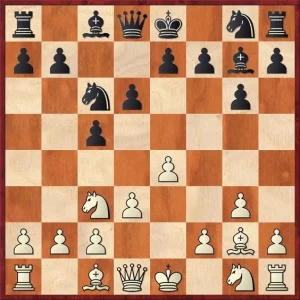
13. Openings Every Chess Player Must Know: Catalan
The Catalan is one of white’s main weapons against the Queen’s Gambit Declined nowadays. The popularity of the Catalan has increased greatly over the last 10 years thanks to the efforts of players like Kramnik and Gelfand, who used this variation frequently at the highest level with big success.
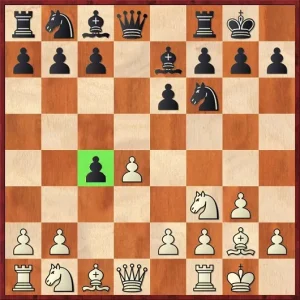
14. Slav Defense
The Slav Defense is possibly among the top three choices for black against 1.d4. After the moves 1.d4 d5 2.c4 c6 3.Nc3 Nf6 4.Nf3, white not only must know the main line of the Slav with 4…dxc4 but also, but he should also be prepared against the move 4…e6, the Semi-Slav variation.
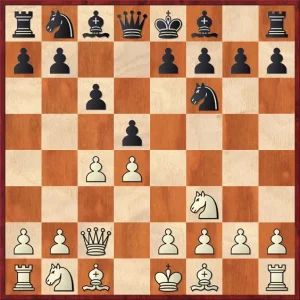
Note: Openings are no doubt a very important part of chess.
If you want to improve your chess level, you need to have a clear study plan. If you aim for a dramatic improvement at chess you need to work on all of the elements of the game in a systematic way:
- tactics
- positional play
- attacking skills
- endgame technique
- classical games analysis
- psychological preparation
- and much more
That seems to be like a lot of things, and that is. But no worries, we have made it easy for you. Our comprehensive training course covers it all and much more. Sign up for 21 Day Training right now!
Ready to start winning games with correct openings? Check out our store and articles:



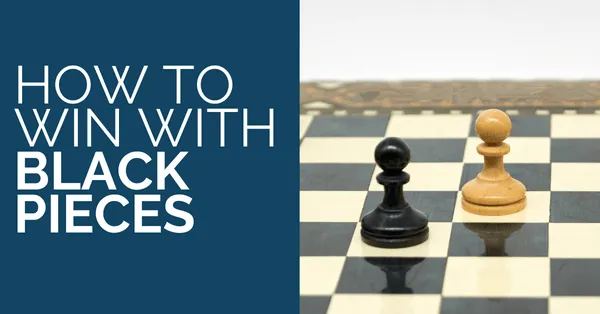
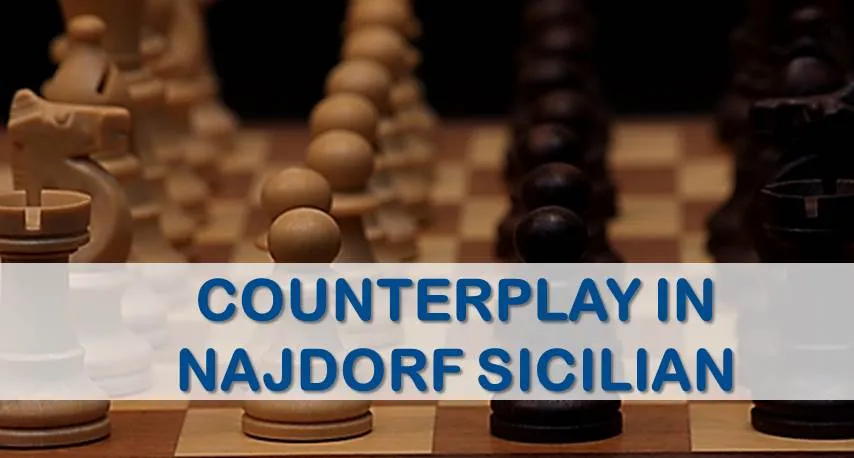
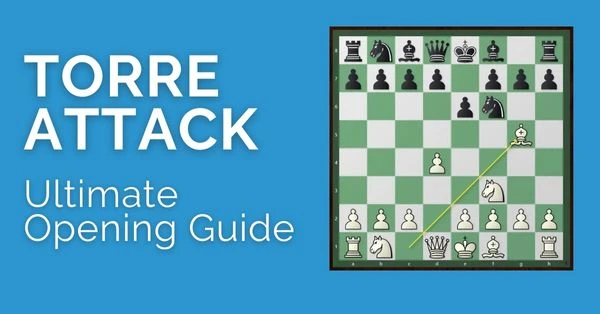




Comments: